A new song, instantly reminiscent of Justin Bieber’s signature sound, has taken social media by storm, fueled by lyrics that drop listeners right into a “Diddy party.” This track, surfacing across platforms like TikTok, X, and YouTube since April, has seen a massive surge in views, particularly following the recent arrest of Sean “Diddy” Combs. But is this viral sensation a genuine release, or something else entirely?
The lyrics themselves are a key part of the intrigue, with lines like, “Lost myself at a Diddy party/Didn’t know that’s how it’d go/I was in it for a new Ferrari/But it cost me way more than my soul,” painting a vivid, if concerning, picture. Another line, “Signed a paper so he never has to ever say sorry,” adds another layer of speculation to the narrative woven by the song.
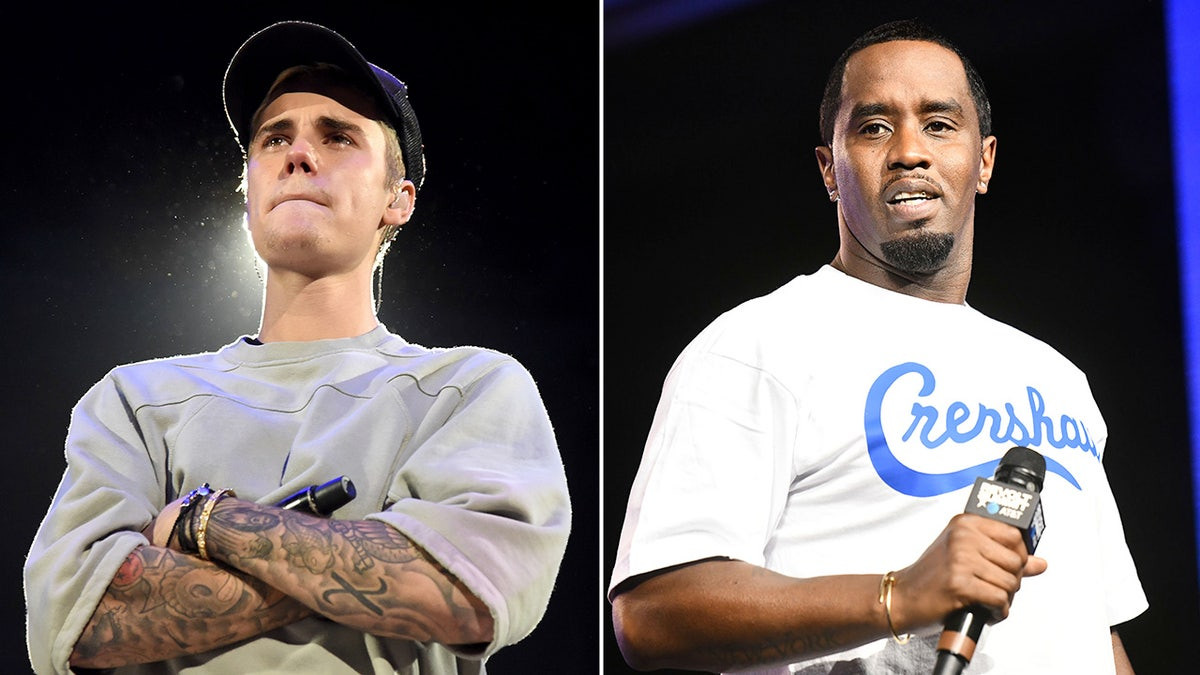 Side-by-side comparison of Justin Bieber and Sean Combs, highlighting their connection in the context of the viral song.
Side-by-side comparison of Justin Bieber and Sean Combs, highlighting their connection in the context of the viral song.
While the song sounds convincingly like the pop icon, and the lyrics reference a “Diddy party,” raising eyebrows and questions, representatives for Justin Bieber have remained silent, not responding to requests for comment about this unexpected track. This silence, coupled with the uncanny nature of the song’s sound, has led experts to lean heavily towards the explanation that this viral hit is likely AI-generated or crafted using sophisticated digital tools.
Marva Bailer, an AI expert, shared with Fox News Digital her perspective on the song’s origins. “The reason why this is generated is because it is not something that’s being publicized by the artist,” she explained. She elaborated on the ambiguity of “AI-generated,” stating, “And when we say ‘AI-generated,’ that can mean a lot of things. And so AI actually trains on the voice and what could be going on. It could be an AI tool, or it could be an actual digital tool. These digital music tools exist. What makes it really getting this attention is the idea of AI because it’s happening so quickly and it looks so real, and so everyone is like, it must be someone that’s using something from AI to make it look this real.”
WATCH: AI Expert Explains Why Justin Bieber Remains Silent on the “Diddy Party” Song Rumors
 Video player still frame of an AI expert discussing Justin Bieber and the fake Diddy song. Video
Video player still frame of an AI expert discussing Justin Bieber and the fake Diddy song. Video
Bailer further highlighted the typical promotional cycle of genuine music releases, contrasting it with the sudden, unannounced appearance of this song. “Part of the experience of releasing new material is the pre- and post-part of the experience and that digital engagement. So right away we know that this is not real if the artist is not excited about it and hasn’t told us about it.” She pointed out the usual fan engagement surrounding new music, “We like surprises, and you see a lot of gamification to find out what’s in the vault, and what’s the new song going to be, and what’s the hidden track. We haven’t seen this with this scenario, and that’s why the fans are saying this is not my Justin Bieber.”
Rob Rosenberg, founder of Telluride Legal Strategies, echoed this sentiment, noting the almost too-perfect timing of the song’s release in relation to current events. “It’s very difficult to tell, but I think the fact that it seemed very on point and topical, it almost felt too coincidental that it would show up,” he suggested.
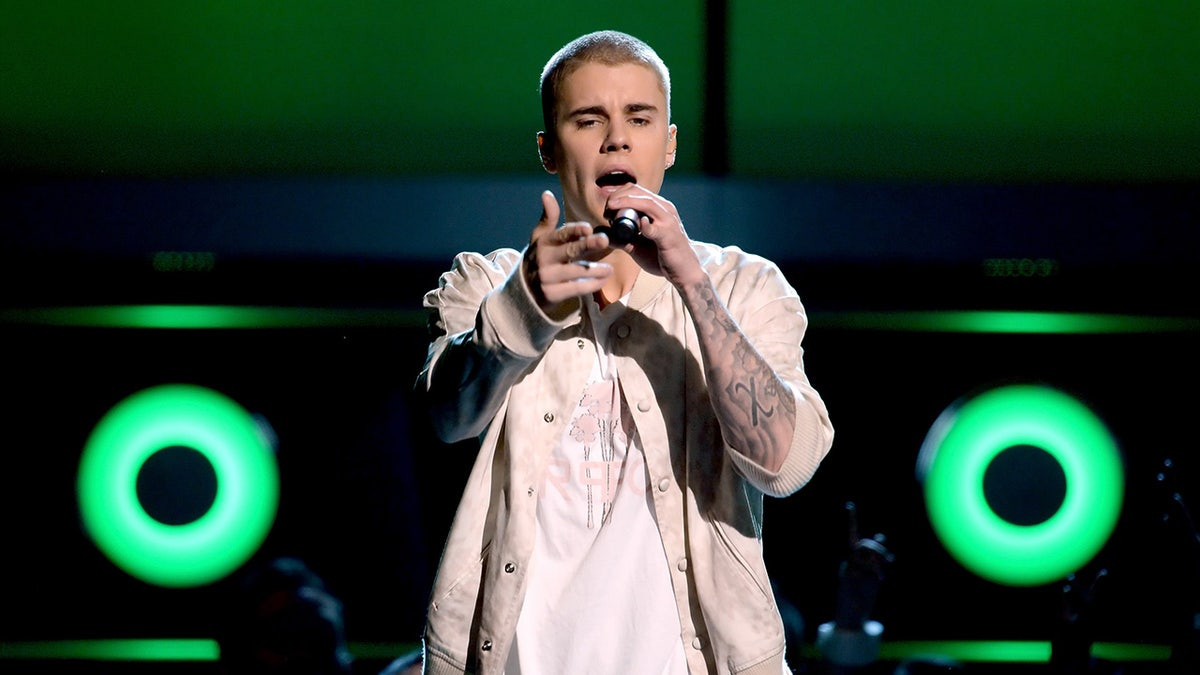 Expert analysis suggesting the Justin Bieber "Diddy party" song is likely AI-generated due to lack of promotion and timing.
Expert analysis suggesting the Justin Bieber "Diddy party" song is likely AI-generated due to lack of promotion and timing.
CBS News also reported their investigation into the track, stating they “ran the song ‘through multiple AI audio detection tools; several results indicated the audio, or at least parts of it, were likely AI-generated.'”
Experts at Pindrop, a voice authentication and security firm, delved into the technical aspects of the song’s creation. Sarosh Shahbuddin, senior director of product at Pindrop, explained a key indicator of AI-generated audio: “When we speak, our speech is in a specific frequency range. And what we’ve noticed is that these AI generation systems, they sound really good, but they actually don’t match the way we speak to the exact frequencies like a normal human being. And so we’re able to detect these sort of like frequency variability in AI-generated speaking.”
Dr. Elie Khoury, VP of research at Pindrop, further broke down the tell-tale “digital artifacts” into three categories: acoustic, phonetic, and temporal inconsistencies, along with the unique “digital fingerprint” left by the AI model itself.
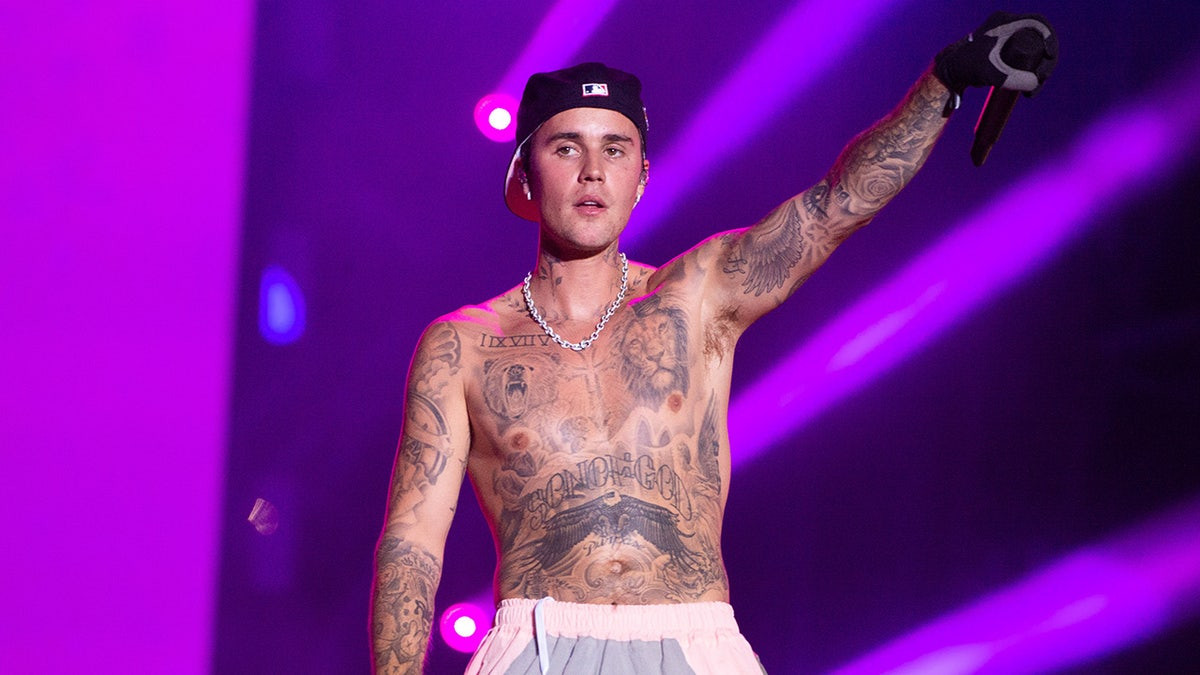 Justin Bieber performing on stage, highlighting the contrast between his real performances and AI-generated имитации.
Justin Bieber performing on stage, highlighting the contrast between his real performances and AI-generated имитации.
Financial Implications of Music Deepfakes
Beyond the immediate question of the song’s authenticity, experts are raising concerns about the broader financial ramifications of AI-generated music deepfakes for artists like Bieber and the music industry as a whole.
Marva Bailer points out the viral nature of platforms like TikTok, where songs become soundtracks for countless user-generated content. “The [point] of TikTok is, you make your fun little creations, and you put cartoons and talking heads and fun new creations, and people are using this as the background music for these new creations. And so it keeps going on and on and on. And normally, if that was a licensed song, every time one of those creations would play, you would get royalties. And then this whole world, nobody’s getting any royalties,” she explained.
Shahbuddin from Pindrop emphasizes that music deepfakes pose a unique challenge compared to other forms of deepfakes due to the established royalty systems in the music industry. “These social platforms are going to start to see music-related deepfakes as a very different category of media versus political or other types of deepfakes,” he stated. “And the reason is is that there are labels and sort of organizations that own the licenses to these singers and artists, and that impacts the way that royalty is distributed to these artists. So these singing deepfakes are actually a new class where there’s a significant revenue impact. And I think the platforms like YouTube are going to start to take this far more seriously than non-singing or music-related deepfakes.”
He further illustrated the potential revenue loss, “Imagine if this person who created this deepfake actually submitted it as a song on Spotify and then got thousands of streams. That is money that goes to somebody where they you know that money does not belong to that person.”
WATCH: Experts Warn of Financial Impact of AI Deepfakes on Musicians
 Video still of voice authentication experts discussing the financial impact of AI deepfakes on musicians. Video
Video still of voice authentication experts discussing the financial impact of AI deepfakes on musicians. Video
Bieber’s Silence and the Diddy Connection
Adding another layer to the intrigue is the resurfacing of Justin Bieber’s past relationship with Sean “Diddy” Combs amidst the ongoing legal scrutiny surrounding Combs. Fans are re-examining past interactions between the two, further fueling speculation in the wake of the “Diddy party” song.
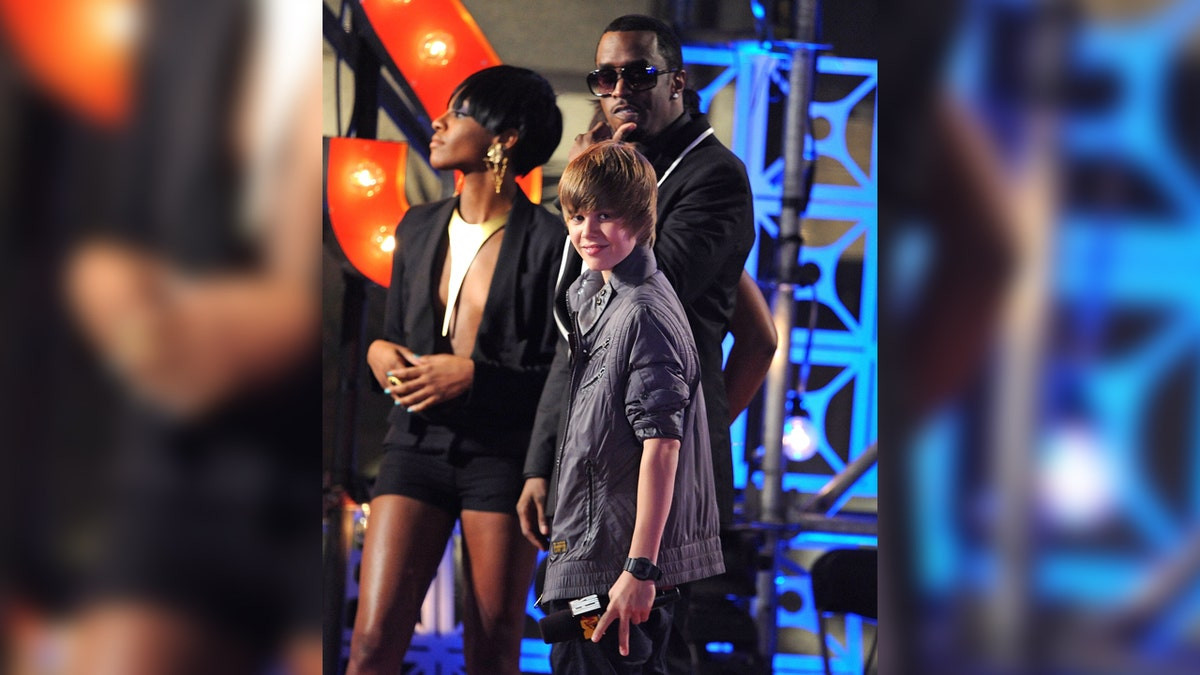 A younger Justin Bieber pictured with Sean Combs, reflecting on their past association now under scrutiny.
A younger Justin Bieber pictured with Sean Combs, reflecting on their past association now under scrutiny.
Despite the swirling rumors and the song’s viral spread, Bieber has chosen to remain silent. Bailer suggests this is a strategic decision, “Bieber is not addressing it because he has millions of followers on Instagram, and he even [reportedly] gets paid close to $2 million to do a post on Instagram. So if his PR team addressed every unauthorized remake of his music, that would be all that they would be doing.” She also points to Bieber’s recent parenthood, “And by the way, he just had a child three months ago, so he’s busy with his family. Him and his PR team, they don’t want to put unwanted attention on people that are trying to harm his brand. And you also could argue, are they harming his brand?”
Navigating the Age of Deepfakes
As the legal proceedings involving Diddy unfold, Rob Rosenberg cautions against taking all emerging media at face value. “I actually think we’re going to see a lot more new information come to light, and I think at the same time that’s happening, there’s going to be new disinformation,” he warned. “There’s going to be deepfakes, people who are exercising all their creative juices and creating images and video and stories, which is why people are really going to have to scrutinize the things that they see and they find to make sure they’re not just being messed around with.”
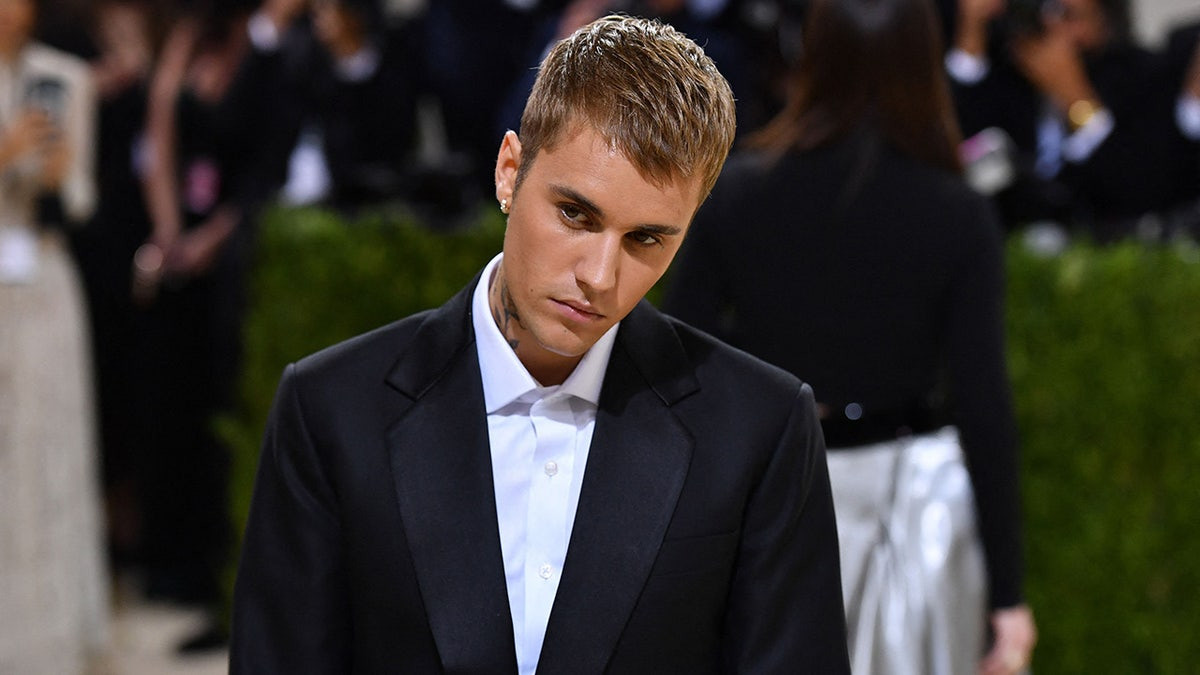 Justin Bieber at the Met Gala, a reminder of his public image that AI deepfakes are attempting to replicate and potentially undermine.
Justin Bieber at the Met Gala, a reminder of his public image that AI deepfakes are attempting to replicate and potentially undermine.
In conclusion, while the “Lost Myself At A Diddy Party Real Song” sounds convincingly like Justin Bieber, all signs point towards it being an AI-generated creation. This incident highlights not only the advancing capabilities of AI in mimicking artistic styles but also the complex challenges and potential financial repercussions that deepfakes pose for artists and the entertainment industry in the digital age. It serves as a crucial reminder to critically assess the media we consume online, especially as deepfake technology becomes increasingly sophisticated and accessible.

